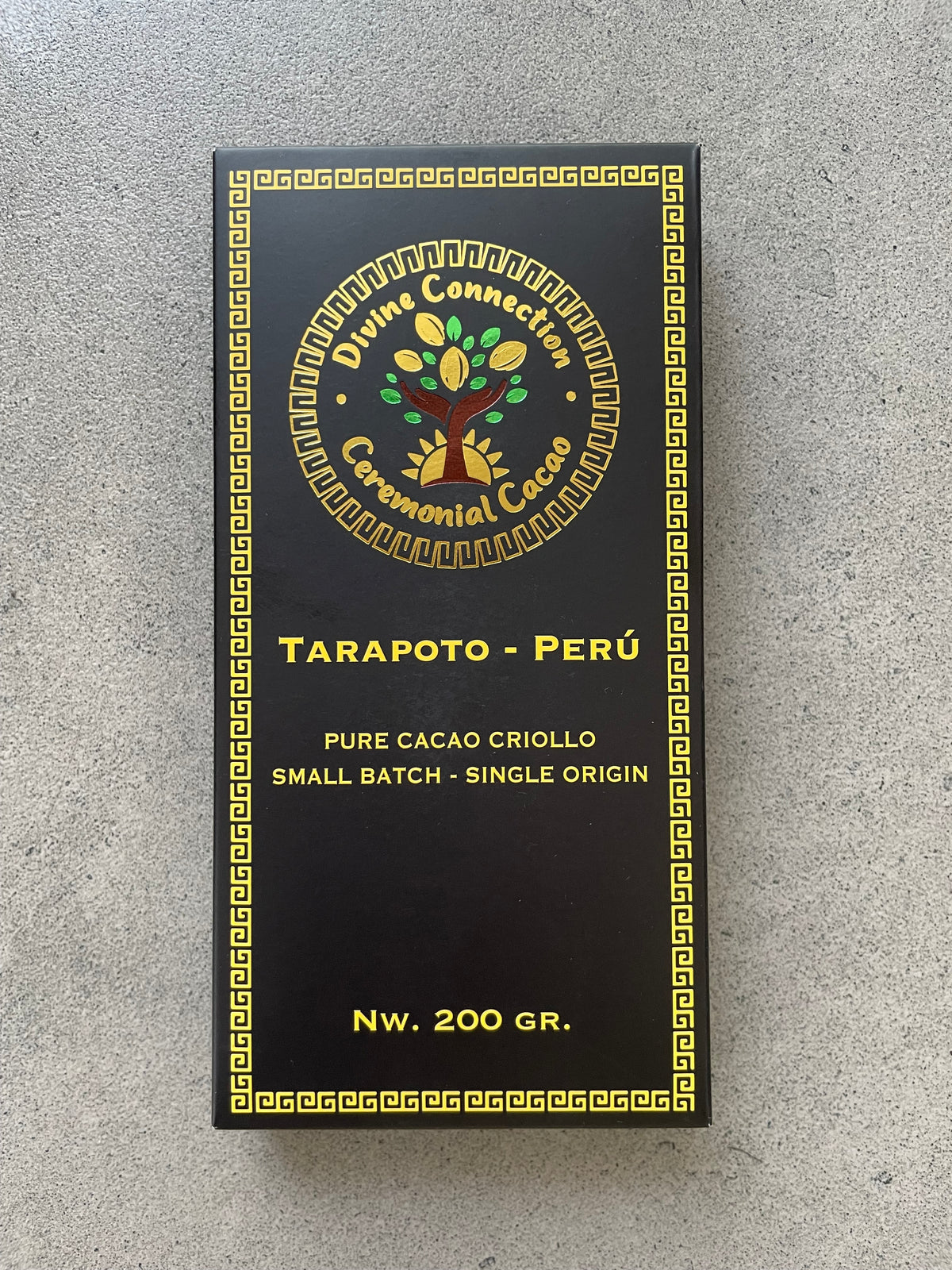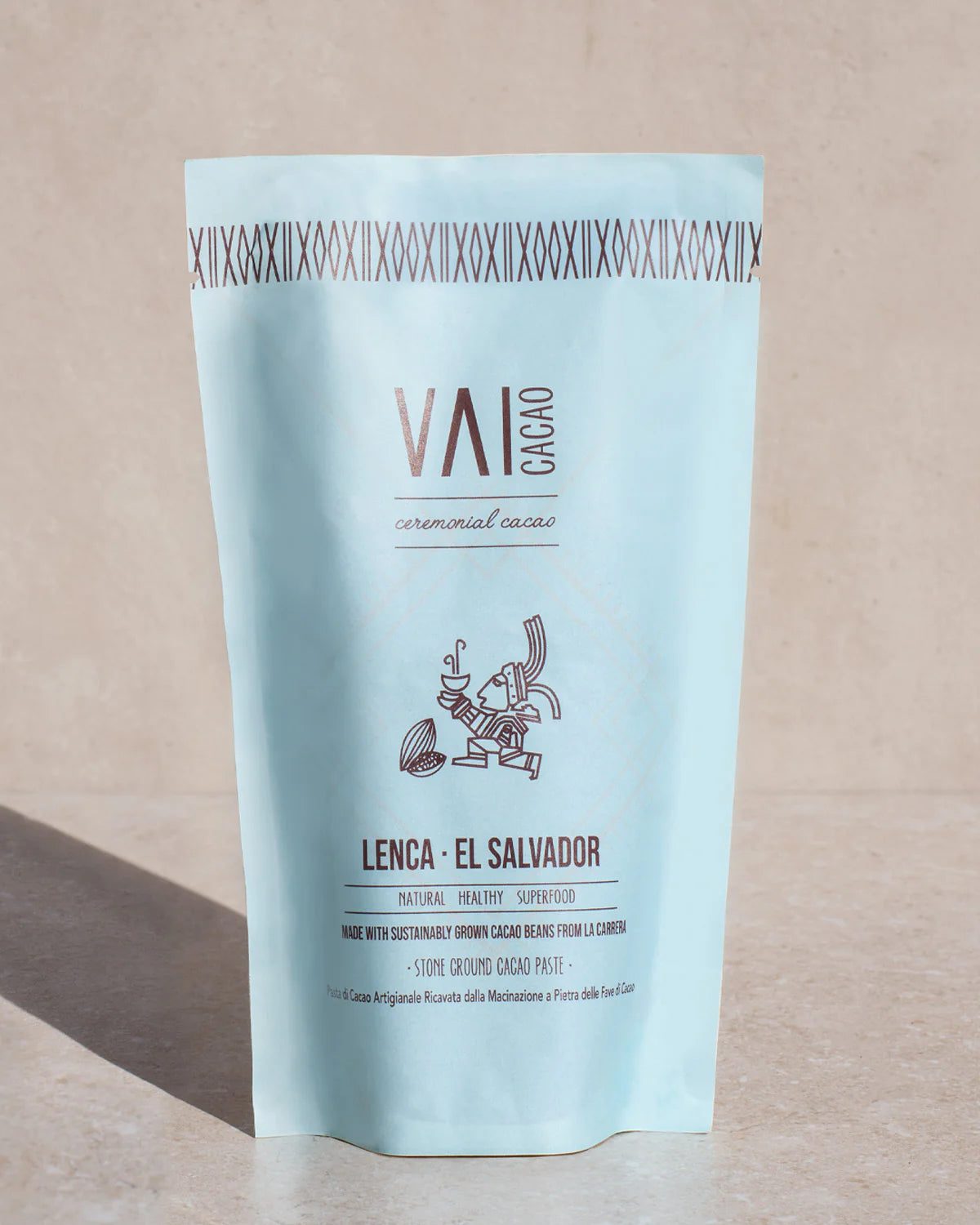The nibs are then grounded (often with a stone and slab, or a grinder). They then turn into a paste and are ready to be packed and cooled down.
…and that’s it! You see, it’s pretty “artisanal” in the way that a lot of it is done by hand, and with very little processing. Also nothing is added nor removed.
How do you turn cacao into chocolate?
To turn it into chocolate, a lot of additional actions are needed, here are some of them:
Pressing: The cacao butter is separated from the solid cocoa. This demands a lot of heat, which is diminishing the active components of the cacao.
Dutch processing: The cacao is alkalised to reach a pH of 7 and get less bitter by using a potassium carbonate solution.
Conching: The cacao is mixed and grinded further into a machine, the butter is added back, as well as some sugar. It allows to create the smooth feeling of the chocolate. Dairy can also be added to make milk chocolate. White chocolate is a mix of cacao butter, dairy, sugar and vanilla.
Tempering: The temperature is raised and decreased to align the fat crystals. It creates the “snap” of the chocolate barre when you cut it.
All these actions are removing some of the active components of the cacao.
Wanna know more about how chocolate is made? Check out this super well documented article by How stuff works or this video from C'est pas sorcier for the French speakers here :)








